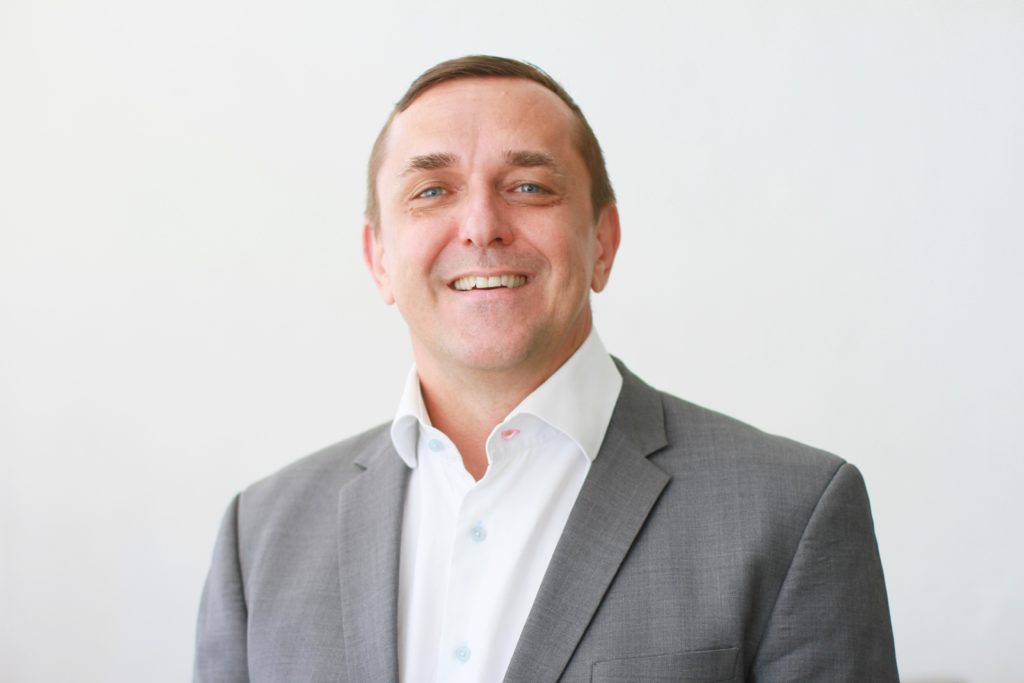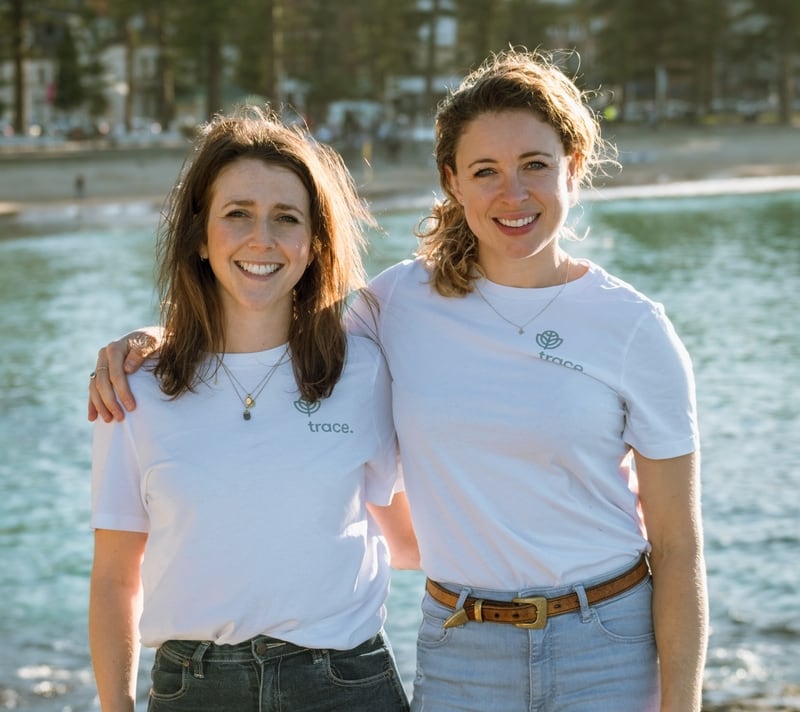Direct emissions ‘just the beginning’ for media and agencies
OPINION by Rob Shwetz >>
MANY MEDIA organisations are aiming to have carbon neutral strategies in place. When you are reporting on climate change and taking others to task over carbon fraud and greenwashing, it’s prudent to have your own inscrutable plans for a more environmentally friendly future.
But the buck doesn’t stop there. Media agencies also need to consider their clients’ impact on the planet and be ready to advise accordingly. This is the most pressing challenge media is facing right now. 
Media impact
At The Growth Activists, our latest carbon calculations found with some organisations that advertising and media were in the top three regarding greenhouse gas (GHG) emissions.
With media being such a huge contributor to GHGs, it is inevitable that media company’s operations will come under scrutiny. For this reason, media companies need to have comprehensive and transparent measurements of their operations with clear reporting to all stakeholders showing their roadmap for reduction.
As the climate crisis accelerates, media owners and agencies need to aggressively seek to decrease their direct (Scope 1) impact and their indirect emissions under Scope 2 and 3. Here’s a reminder:
Scope 1 emissions include direct emissions from the company’s owned or controlled sources. This includes on-site energy such as natural gas and fuel and refrigerants.
Scope 2 emissions comprise indirect GHGs from purchased or acquired energy, such as electricity, steam, heat or cooling, generated offsite and consumed by the reporting company.
Scope 3 includes all indirect emissions that occur in the value chain of a reporting company.
Indirect advice
Media owners and agencies both need to be fully accountable for their carbon footprint and the recommendations they put forward to clients.
For example, what is the micro carbon emission of an Instagram post or banner ad? Surprisingly, collectively these have an impact. Businesses need to be able to provide the real carbon calculations of their media channels and advise accordingly.
This will likely include:
- Providing a carbon footprint of media plans being recommended.
- Adding CO2 emissions as another measurement in media plans, alongside traditional metrics such as reach and frequency.
- Putting together packages that enable clients to have smaller carbon footprints, for example digital media options powered by renewable energy.
- Recommending packages that marry marketing effectiveness with a lower carbon footprint.
- Putting pressure on suppliers to provide services with lower emissions.
- Buying in services that are low carbon to reduce the pressure on carbon impact.
Digital dichotomy
While the environmental impact of trees and trucks is well documented, the digital space is currently occupying the spotlight as a significant contributor to carbon emissions. When it comes to media specifically, according to the International Energy Agency, a 30-second TV ad that reaches 500,000 people during prime time consumes 15 million seconds (4,166 hours) of electricity.
The Advertising Council Australia (ACA), the Australian Association of National Advertisers (AANA) and the Media Federation of Australia (MFA) have all committed to supporting Ad Net Zero in Australia – a global initiative to drive advertising’s response to the climate crisis.
Ad Net Zero is a strategic and comprehensive program that provides advice, education, training and collaborative opportunities for ad industries to achieve carbon neutrality by 2030.
But while net zero is a laudable goal, is it enough?
The short answer is no. The long-term challenge for the industry is to move from net zero to climate-positive — an activity that goes beyond achieving net zero emissions and creates an environmental benefit by removing additional carbon dioxide from the atmosphere.
Beyond Net Zero
Carbon offsetting, once the go-to for all that pesky excess carbon, is now garnering a bad rap, and schemes need to be rigorously audited to ensure company integrity.
Instead, a company should focus on monitoring energy use to work towards generating a carbon-positive footprint in the long term. That is to reduce your carbon impact to below zero as you have removed more carbon than your business has generated.
It’s critical to shift the conversation from offsetting to actual reduction. The onus is on media agencies to work with media providers to get them to offer carbon-neutral and eventually carbon-positive solutions.
And your sustainability initiatives do not stop there – the ‘E’ in ESG representing the environment is only the first cab off the rank. To develop an effective and comprehensive ESG strategy, businesses also need to think about the ‘S’ in ESG.
What does your diversity, equality and inclusion policy cover? Are you prepared for the anticipated regulatory changes in modern slavery government legislation? Do you really have insight into your Tier 1, 2 and 3 supply chain to manage risks within that chain?
These need to start now.
As a media owner or agency, it is not an expectation that you have all the knowledge to reduce carbon emissions nor to be able to develop a comprehensive ESG strategy alone. Companies can partner with external stakeholders who have extensive experience in both ESG and media, and can support you in reaching your sustainability goals, whether that’s achieving net zero emissions (and beyond), becoming B Corp Certified or developing a full sustainability strategy.
This should include engaging a consultant to help implement an ESG strategy using a holistic and systematic approach.
About the author
Rob Shwetz is a partner and director at The Growth Activists, which he describes as a “strategy and engagement consultancy that activates courageous organisations for a sustainable future”. The Growth Activists teams turn “provocative thinking into actionable strategies” for lasting positive impact and value. The three key service pillars of the organisation help to develop strategies for positive impact; bring about sustainability transformation; and create purposeful engagement through communication.
ends






